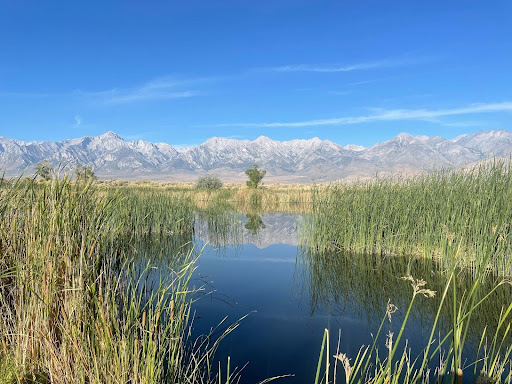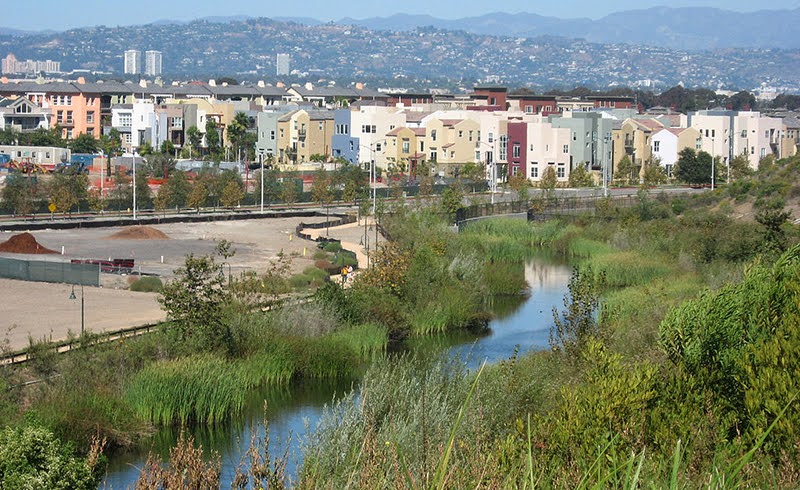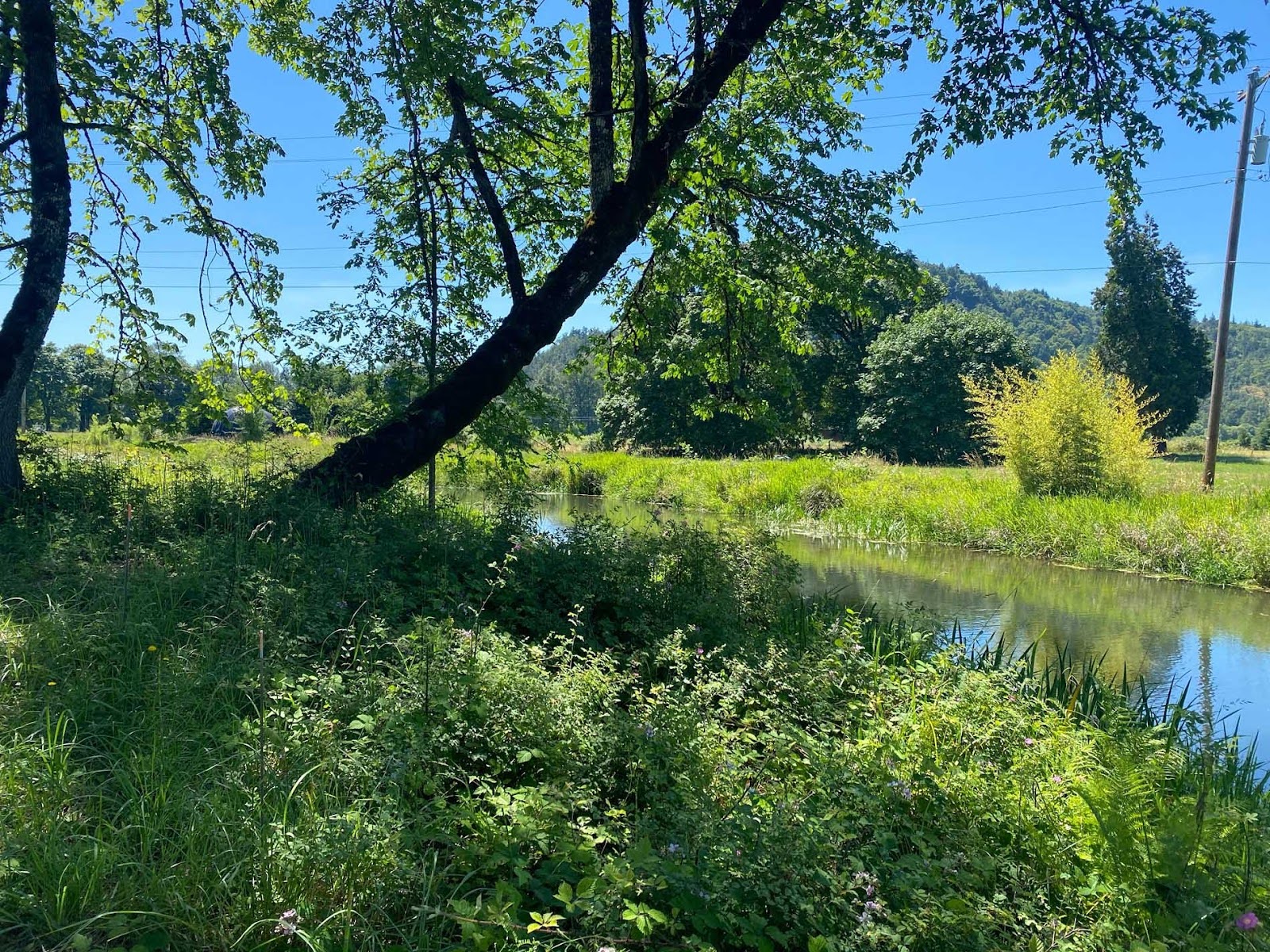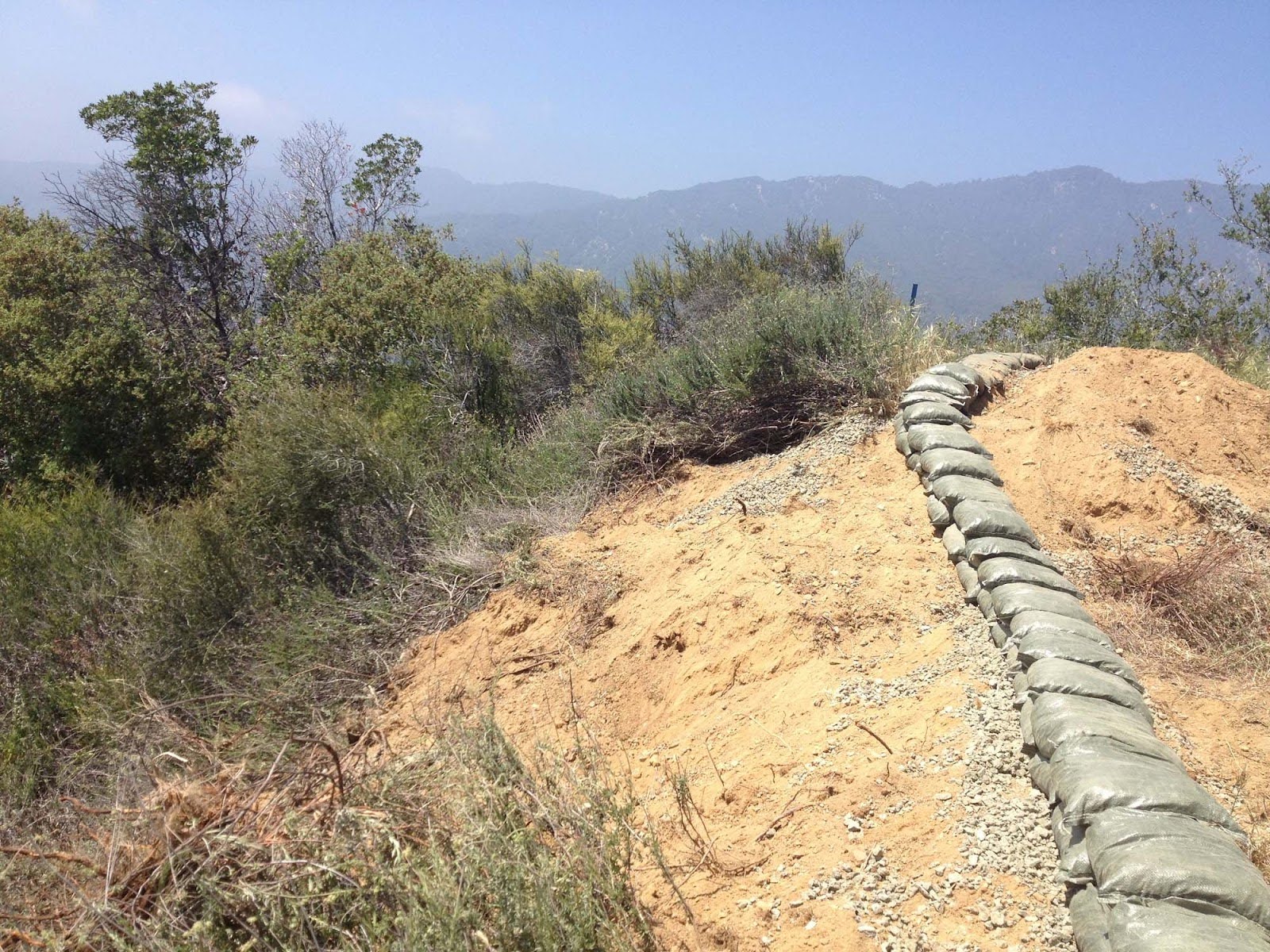Understanding SWPPP: Why Stormwater Management is Crucial for Your Project

Pristine wetlands in the foothills of the Sierra Nevada, vital ecosystems that are carefully protected through SWPPP efforts to ensure water quality and environmental sustainability.
When it comes to construction projects, one of the most critical elements to consider is stormwater runoff. Heavy rain can wash debris, pollutants, and sediment from construction sites into nearby water bodies, causing erosion, water contamination, and habitat destruction. This is where the Stormwater Pollution Prevention Plan (SWPPP) comes in.
In this blog post, we’ll break down what a SWPPP is, why it’s necessary for your project, and how SummitWest Environmental can help you develop and implement an effective plan to ensure compliance and protect the environment
What is SWPPP?
A Stormwater Pollution Prevention Plan (SWPPP) is a document that outlines the best management practices (BMPs) a construction site will implement to prevent stormwater runoff from carrying pollutants into local water systems. SWPPPs are designed to minimize the impact of construction activities on water quality by reducing sediment, debris, chemicals, and other contaminants from entering stormwater.
SWPPP requirements are regulated at the federal, state, and local levels, and they apply to a wide range of construction projects, including residential, commercial, and industrial developments. In California, the State Water Resources Control Board oversees SWPPP implementation, and projects that disturb one acre or more of land are typically required to submit a SWPPP as part of the permitting process.

Managing urban runoff through SWPPP is crucial part of protecting local waterways
Why SWPPP is Essential for Your Project
- Regulatory Compliance
The primary reason you need a SWPPP is to comply with federal, state, and local regulations regarding stormwater management. Under the Clean Water Act, the National Pollutant Discharge Elimination System (NPDES) program requires construction sites to reduce stormwater runoff and its associated pollutants.
In California, the Construction General Permit (CGP) mandates that construction sites obtain coverage under the NPDES, which includes creating and following a SWPPP. Non-compliance can lead to fines, delays, and potential legal actions, so it’s critical to have a comprehensive plan in place.
- Protecting Local Water Quality
Construction activities, such as grading, excavation, and site clearing, can expose soil and other materials that, when disturbed by rain, can be washed away by stormwater. This runoff can carry sediment, oils, chemicals, and construction debris into nearby water bodies, causing contamination. By implementing a SWPPP, you help protect local water quality, reduce erosion, and prevent pollutants from entering rivers, lakes, and streams, which is crucial for maintaining the health of the environment and meeting water quality standards.
- Preventing Erosion and Sedimentation
Without proper stormwater management, construction sites can face serious erosion problems. Soil erosion can lead to the loss of valuable topsoil, degrade water quality, and create hazardous conditions on-site. A SWPPP includes strategies for controlling erosion and minimizing sediment transport during storm events. This ensures your project stays on track without causing environmental damage.
- Reducing Liability and Environmental Risks
Not having a SWPPP in place or failing to follow the plan can leave your project exposed to legal and financial risks. If stormwater runoff from your construction site contaminates nearby water sources or causes erosion damage, you could be held liable for cleanup costs, fines, or lawsuits. A comprehensive SWPPP reduces these risks by proactively identifying potential issues and implementing solutions before they become problems.

By implementing a SWPPP, you help protect local water quality, reduce erosion, and prevent pollutants from entering rivers, lakes, and streams
Key Components of a SWPPP
A well-designed SWPPP is customized to the specific needs of a project site and includes the following key components:
- Site Description and Risk Assessment
The SWPPP starts with a detailed site description that includes information about the construction project, the project area, and the type of soil and vegetation present. The plan also includes an assessment of the potential risks to water quality, such as the proximity of the site to sensitive water bodies or the likelihood of erosion.
- Best Management Practices (BMPs)
The SWPPP outlines a range of BMPs that will be implemented on-site to control stormwater runoff and reduce pollution. Some common BMPs include:
Erosion control measures like silt fences, straw wattles, and berms.
Sediment control practices like sediment traps, basins, and filters.
Dust control methods to minimize airborne pollutants.
Chemical spill containment systems to handle hazardous substances.
Stabilization practices like seeding or laying down erosion control blankets on disturbed soil areas.
- Inspection and Monitoring Plans
The SWPPP includes a plan for regular inspections and monitoring to ensure that BMPs are functioning as intended. Inspections are typically conducted after major rain events, during periods of construction activity, and at regular intervals throughout the project.
- Employee Training
The SWPPP includes a section on training for construction workers, contractors, and site managers. Training ensures that everyone involved in the project understands the stormwater management measures in place and their role in preventing pollution.
- Post-Construction Requirements
The plan will also address stormwater management after construction is complete. For example, the SWPPP may require the installation of permanent erosion control measures such as landscaping or stormwater detention systems to reduce runoff after construction is finished.

SWPPP requires the implementation of erosion control practices to minimize sediment loss and protect natural water resources during construction and land development
How SummitWest Environmental Can Help You With Your SWPPP
At SummitWest Environmental, we specialize in helping developers, contractors, and property owners navigate the complex requirements of stormwater management and regulatory compliance. Our team can assist you with every aspect of the SWPPP process, from initial planning and site assessments to inspections and compliance reporting.
Here’s how we support our clients:
1. Site Assessment and Risk Evaluation
We conduct thorough site assessments to evaluate the risk of stormwater pollution on your construction site and provide tailored recommendations for effective BMPs based on your site conditions.
2. SWPPP Preparation and Implementation
Our experts prepare detailed, compliant SWPPPs that meet all federal, state, and local requirements. We work closely with you to ensure the plan aligns with your project timeline and site-specific conditions, and that the BMPs are both effective and feasible.
3. Inspections and Monitoring
SummitWest offers site inspections during the construction process to verify that stormwater controls are being implemented properly. We also provide ongoing monitoring to ensure that any issues are quickly identified and addressed.
4. Training and Documentation
We provide training for your construction team on how to implement the SWPPP effectively, and we assist with maintaining accurate records of inspections, maintenance, and BMP performance.
5. Post-Construction Support
After construction is complete, we help ensure that your site meets any post-construction stormwater management requirements, including final reporting and any necessary stormwater maintenance.
A comprehensive and well-executed SWPPP is not just a regulatory requirement—it’s an essential part of responsible construction that helps protect water quality, reduce erosion, and minimize environmental damage. At SummitWest Environmental, we are committed to providing you with the tools and expertise necessary to navigate stormwater management and keep your project on track.
If you need help developing or implementing a SWPPP for your construction project, contact us today. Our team is here to ensure your project complies with all stormwater regulations and operates in an environmentally responsible manner.

